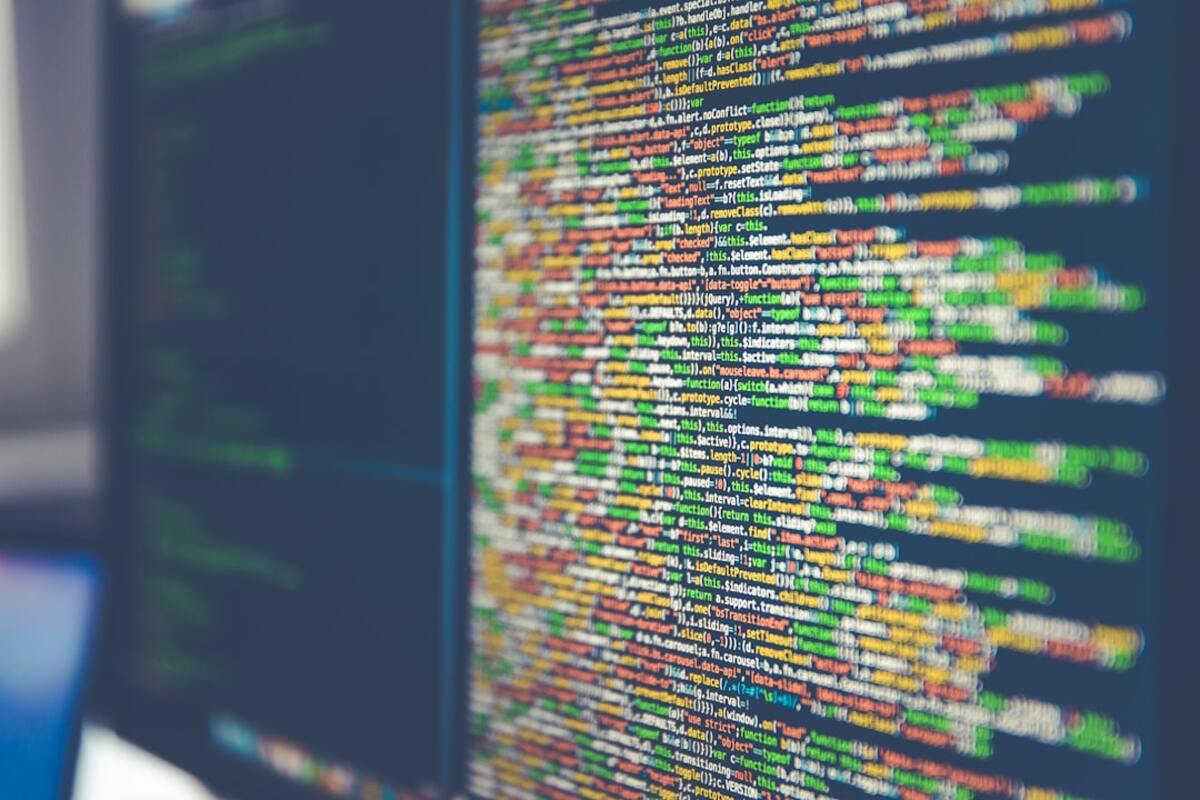The Rise of Neuromorphic Computing: Bridging Human Brain and Artificial Intelligence
Neuromorphic computing is transforming technology by emulating the human brain's architecture, promising revolutionary advancements in AI and machine learning.

- Neuromorphic computing mimics the human brain's neural networks to enhance AI efficiency.
- It offers significant energy savings and improved computing capabilities.
- This emerging technology could revolutionize machine learning and robotics.
Understanding Neuromorphic Computing
Neuromorphic computing refers to the design and construction of computer systems inspired by the structure and function of biological neural networks. This emerging field aims to create hardware that can process information in a manner similar to the human brain, leading to more efficient and powerful computing systems.
The human brain operates in a massively parallel manner, with about 86 billion neurons communicating through trillions of synapses. Neuromorphic systems attempt to replicate this architecture using specialized hardware components such as memristors, which mimic synaptic behavior, and neuromorphic chips designed to simulate neuronal activity.
Advantages of Neuromorphic Systems
One of the primary benefits of neuromorphic computing is its potential for significant energy savings. Traditional computing architectures, like the von Neumann architecture, experience a bottleneck due to the separation between memory and processing units. This bottleneck results in increased energy consumption and slower processing speeds. Neuromorphic computing, on the other hand, integrates memory and processing, allowing for faster and more energy-efficient computations.
Moreover, neuromorphic systems are highly adaptable, capable of learning from data inputs in a manner akin to human learning. This characteristic makes them particularly suited for advancing artificial intelligence and machine learning applications. Neuromorphic hardware can excel in tasks like pattern recognition, sensory data processing, and autonomous navigation, which require high levels of adaptability and learning capability.
Applications and Future Prospects
Neuromorphic computing holds promise for a wide range of applications, from robotics to real-time data processing. In robotics, neuromorphic chips can enable more sophisticated sensory processing and decision-making, allowing robots to interact more naturally with their environments. For example, neuromorphic vision systems can process visual data more efficiently, enabling faster and more accurate object recognition.
In the realm of artificial intelligence, neuromorphic computing can enhance machine learning algorithms, enabling them to operate more efficiently and effectively, especially in environments where power and speed are critical. This technology could drive advancements in autonomous vehicles, smart sensors, and even brain-computer interfaces that allow direct communication between humans and machines.
Table: Comparison of Traditional vs. Neuromorphic Computing
| Aspect | Traditional Computing | Neuromorphic Computing |
|---|---|---|
| Architecture | Von Neumann | Neural Networks |
| Processing Style | Series | Parallel |
| Energy Efficiency | Lower | Higher |
| Learning Capability | Limited | Advanced |
| Application Suitability | General | AI, Robotics |
Despite its potential, neuromorphic computing is still in its early stages, and several challenges remain, including the development of scalable hardware and the creation of software that can fully leverage neuromorphic architecture. Researchers are actively working on overcoming these challenges, and the next decade is likely to witness significant advancements in this field.
In summary, neuromorphic computing represents a paradigm shift in how we approach computation, offering a future where machines can process information and learn in ways that closely resemble human cognition. This technology not only promises to revolutionize AI and machine learning but also holds the key to unlocking new capabilities in a wide array of technological applications.
